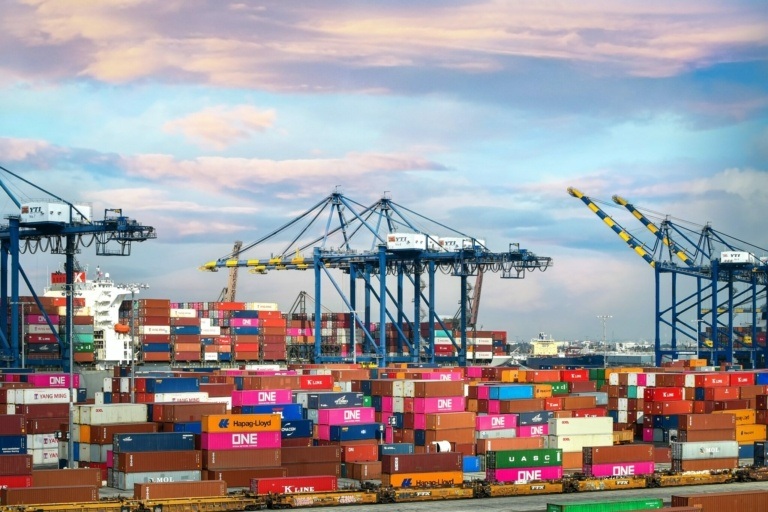Railroad Congestion in U.S. is a Deadly Catastrophe that is About to Affect Everyone with No Immediate Solutions in Sight
As we watch the entire supply-chain in the United States begin to fail, and the catastrophic effects that will plunge this nation most likely into chaos and social unrest in the not-too-distant future, one only needs to observe what is happening with our railroad system to understand how truly gigantic, and horrifying, this situation is today. John Schmitter writing for RailState gives a good description of the current problem: "The recent Surface Transportation Board hearings have brought to light a long-existing issue in the rail industry: capacity. Railroads prioritize cutting costs and raising prices (with a focus on the operating ratio). They have less concern about capacity and service. Take this article about Union Pacific, for example. UP has been removing up to 3% of railroad-controlled cars from the network, in order to manage the current congestion. The number of cars on the UP system, however, remains on the rise. How can we conceptualize this? Say you’ve been going to your favorite grocery store and have noticed that over the past few months, the checkout lines have been long and the shelves have been empty. The problem? The store doesn’t have enough people to work the checkout lines, and the owners aren’t ordering more inventory because that would drive up inventory costs. Instead, they’re telling their customers to shop less frequently and to buy fewer things. Their solution is to limit the amount of time customers may spend in the store, and the amount of goods they may buy. How much business would you expect this grocery store to maintain? Zero. Competitors would add staff and increase the inventory, and you — looking for a better shopping experience — would be forced to take your loyalties elsewhere. Railroads have a monopoly, which means there’s no penalty for failure to provide enough capacity to handle even small, unanticipated increases in volume. Railroads will handle the business eventually, unless the customer loses the sale completely. And herein lies the issue: everyone else in the network is forced to suffer, thanks to these performance hindrances. Constrained capacity means that even a small, unexpected increase in demand will bring the network to a grinding halt. According to the railroads, there’s not enough time or money to add crew members or line capacity. Adding more crew members requires at least six months of training, so they may work safely and productively." As a business owner myself with a 20-year history of importing high quality foods to the U.S., I can tell you that I have never seen anything like this...



